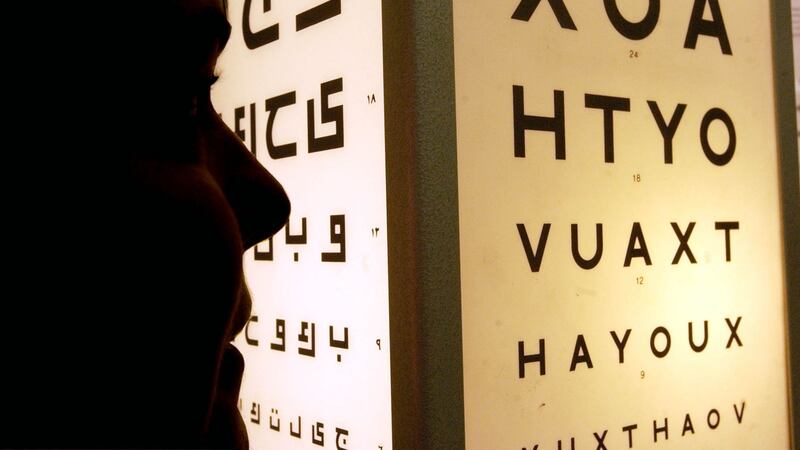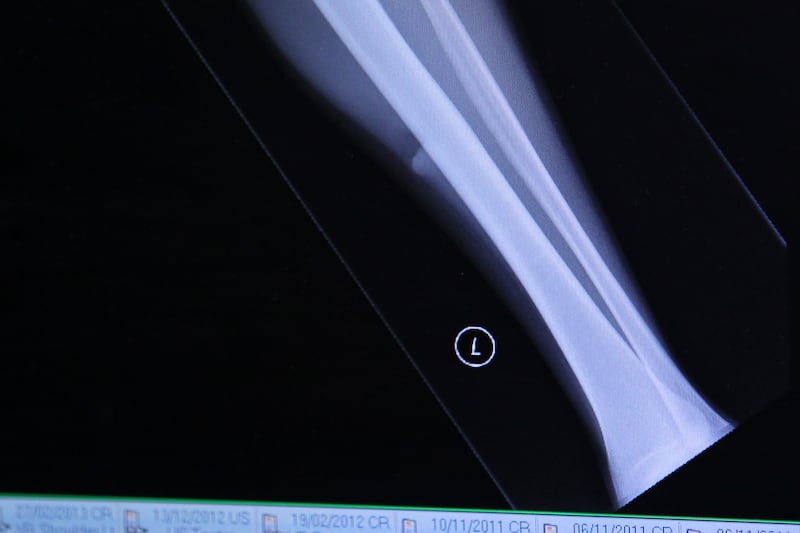New treatments for myopia may be in sight after a study of genes involved in visual impairment.
Myopia, or short sightedness, is linked to “nearwork” such as reading or sewing.
It is expected to affect nearly half the world’s population in the next three decades.
However the molecular pathways underlying the development of myopia and its opposite partner hyperopia, or long sightedness, are not well understood.
Scientists investigated both conditions by placing special lenses in front of the eyes of marmoset monkeys that shifted the focal point of their vision.
In each case, the eye elongated or shortened to compensate by moving the light-sensitive retina closer to the focal point.
Five weeks of the “defocus” experiment altered the activity of scores of genes regulating signalling pathways linked to vision.
Only a small handful were affected by both types of defocus, suggesting that short sightedness and long sightedness develop through different molecular pathways.
Importantly, a group of 29 altered genes were situated in chromosomal regions previously associated with human myopia.
US lead researcher Dr Andrei Tkatchenko, from Columbia University in New York City, said: “The results of this study show that the retina can distinguish between myopic and hyperopic defocus and responds to defocus of opposite signs by activating largely distinct pathways.
“Identification of these pathways provides a framework for the identification of new drug targets and for the development of more effective treatment options for myopia.”
The study is reported in the online journal Public Library of Science Biology.








